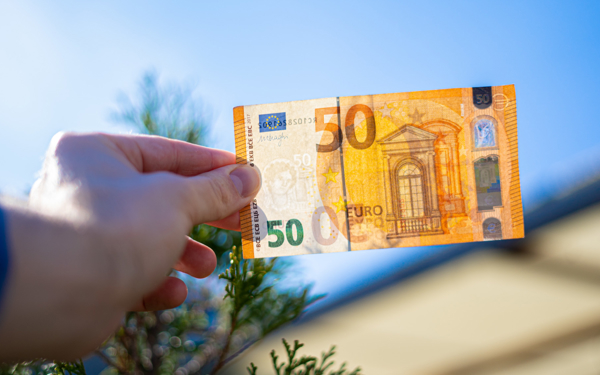Containment measures reduce mobility
Determining the direct effect of containment measures on the spread of the virus is complicated by the fact that people also take self-preservation measures themselves to avoid getting infected. For example, people choose to stay home more and pay more attention to personal hygiene. As an alternative, the indirect effect of containment measures can be estimated by examining people’s mobility. One measure of mobility is Google’s mobility index, which keeps track of the patterns of movement of people in relation to various locations and activities. An econometric analysis for 15 European countries (including the Netherlands) was performed on the basis of these data, which pertain to the period of 19 February to 9 June. The analysis results demonstrate that containment measures have a negative effect on mobility related to retail and recreation, domestic travel, and work. However, the measures did not affect the number of visits to pharmacies, supermarkets, and parks. A possible reason for this is that, regardless of the containment measures, medication and groceries must be purchased outside the home. In addition, restrictions to park visits were very strict in some countries (including Italy and France), but moderate in other countries (including the Netherlands). The results also demonstrate that international travel restrictions had no impact on average domestic mobility. Other measures, such as the closure of schools and places of employment, and limiting gatherings, did decrease mobility.
The virus spreads less rapidly if mobility is low
A second analysis of the same selection of countries reveals that a decrease in mobility leads to a decrease in both the number of COVID-19-related confirmed cases and deaths and the reproduction number. The reproduction number indicates how many people an infected person infects. This proves that containment measures counter the spread of the virus, as they reduce people’s mobility. These results are in line with the findings presented in Box 1 of our June 2020 edition of the Economic Developments and Outlook. Based on a theoretical model, we have demonstrated that containment measures reduce the spread of the COVID-19 virus and limit long-term economic costs. Both the empirical and the theoretical models suggest that the number of confirmed cases and deaths may rebound as measures are eased and mobility increases.






